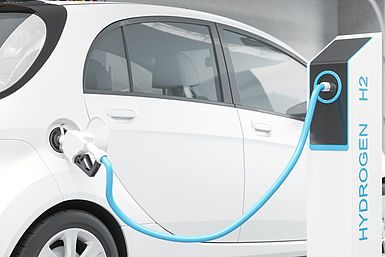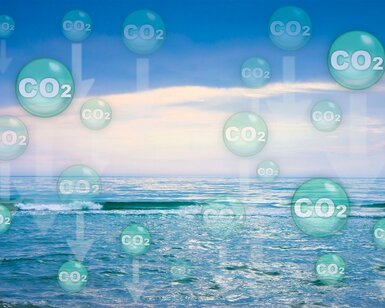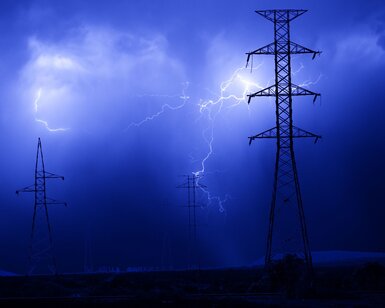Please type a search term (at least two characters)
News
EMPIR project supports the uptake of low-emission hydrogen vehicles

New measurements will enable fair pricing and quality assurance for greener hydrogen vehicles
Completed EMPIR project Metrology for hydrogen vehicles (16ENG01, MetroHyVe) developed methods, standards and calibration facilities to ensure accurate flow metering and fair pricing for customers at refuelling stations. It also developed methods, reference gases and online analysers provide quality assurance and control of the hydrogen dispensed. These results support the uptake of low-emission hydrogen vehicles and the growth of Europe’s hydrogen economy by increasing confidence among both manufacturers and consumers.
Achievements of the project include:
- The first primary standards for calibrating flow meters at 700 bar hydrogen refuelling stations. These ensure that flow metering will be performed accurately and traceably, which is important when charging customers, who want to pay for the actual amount of hydrogen they’ve taken.
- The work of the project led the first global laboratory comparison to test the performance of hydrogen purity laboratories across Europe, USA and Asia in performing ISO 14687 analysis.
- Four online hydrogen purity analysers were developed and validated as part of the project to prove that they are suitable for use by industry.
- The project supported the development of ISO 14687 and ISO 21087 by providing new state-of-the-art methods and standards for performing hydrogen purity analysis.
The follow-on EMPIR project 19ENG04 MetroHyVe 2 builds on this work, focusing on heavy duty vehicles which is becoming an important area for hydrogen, whereas the previous project was for passenger vehicles. The follow-on project will develop a metrological, traceable framework for testing hydrogen dispensing meters at hydrogen refuelling stations.
Project Coordinator Dr Arul Murugan from NPL said
‘It was a pleasure to co-ordinate a fantastic project with hard-working partners that developed measurement solutions and guidance to ensure the hydrogen transport sector can check the quality of hydrogen before dispensing to the vehicle, and appropriately bill customers based on amount of hydrogen they were supplying. Whilst MetroHyVe focused on measurement challenges for passenger vehicles, there has since been a shift towards using hydrogen more for heavy duty transport (e.g. trucks and buses), and therefore the successor project MetroHyVe 2, which still dealing with similar measurements, has more of a focus on heavy duty requirements.’
This EMPIR project was co-funded by the European Union's Horizon 2020 research and innovation programme and the EMPIR Participating States.
Want to hear more about EURAMET?
Sign up for EURAMET newsletters and other information
Follow us on LinkedIn and Twitter
Carbon dioxide, released from man-made activities, is lowering the pH of the Earth’s oceans, and impacting the health of marine organisms worldwide more
Supporting automated and reconfigurable manufacturing systems more
Working with external project Cool White to test and suggest improvements on the locally available white paints more
The project FutureEnergy has provided new calibration services for ultra-high voltages and a good practice guide on Lightning Impulse dividers more
For many of the 5000 photonics companies in Europe a precise knowledge of a material’s optical properties is vital for industrial competitiveness more





